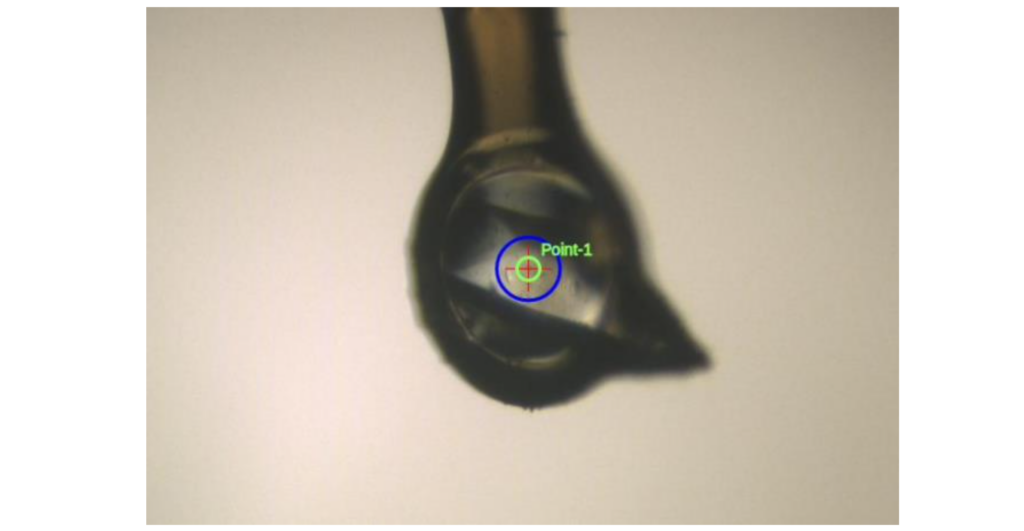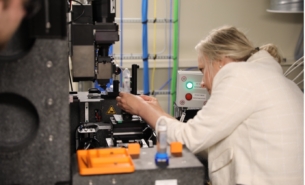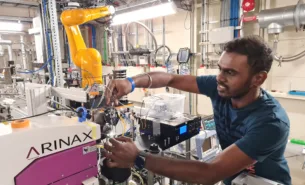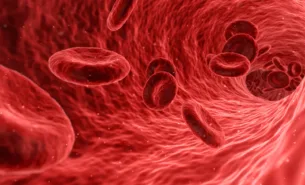In the battle against cancer, scientists from the drug discovery company Sprint Bioscience and researchers from MAX IV have taken important steps together toward developing new and more efficient cancer drugs with the help of fragment screening by X-ray crystallography.
Cancer accounts for nearly one out of six deaths yearly. It begins when one or more genes in a cell mutate, creating an abnormal protein or preventing a protein’s formation.
Therefore, you need to start at the protein level to fight cancer.
Sprint Bioscience is working to develop new drug candidates by identifying small molecules (fragments) that can bind targeted cancer proteins. In collaboration with researchers from the FragMAX team at MAX IV during 2019 and 2020, Sprint Bioscience optimised and developed a protein crystallisation system corresponding to a cancer protein chosen by the company.
Revealing potential drug candidates
The crystallised protein was screened against a library of 300 fragments at a very high fragment concentration – 90 mM – using X-ray crystallography, allowing the team to detect low-affinity protein binders that had not been identified before.

The experiment provided a three-dimensional model of the interaction between the fragments and the protein. Also, by analysing 272 data sets collected over one week, 27 fragments bound to the cancer protein in different ways were identified. Eleven new fragment interactions were detected for the first time.
All data was collected at the BioMAX beamline at MAX IV and processed using the FragMAX App.
This brings Sprint Bioscience one step further toward new cancer drugs.
Read the full case at MAXESS – the industry portal to large-scale research infrastructures.
Interested in conducting industrial experiments at MAX IV? Contact our industry office!




